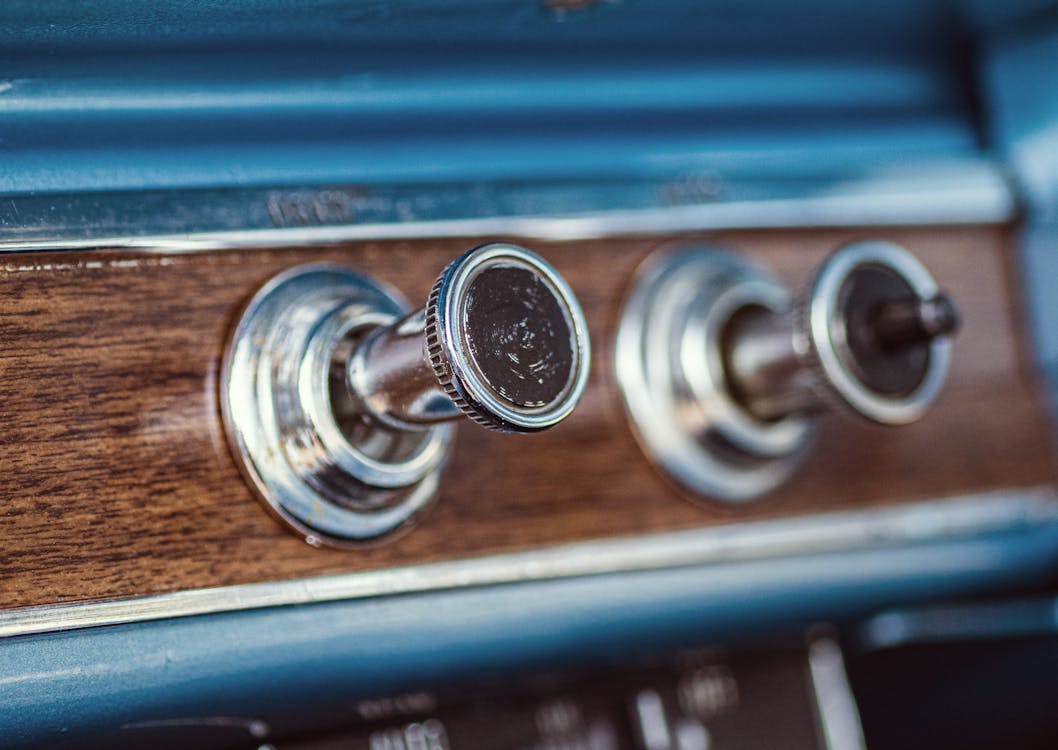
For the past years, auto insides have been rapidly developing towards sleek, screen-dominated control board. Touchscreens changed standard handles, sliders, and switches in what numerous presumed was the unavoidable march of progress. Yet, in an unexpected twist, physical switches are silently making their way back into modern-day cars. The change signals greater than just a timeless nod-- it's a reaction to real-world responses from drivers food craving simpleness, safety, and tactile satisfaction.
The Digital Overload Dilemma
When touchscreens first began taking control of control panels, they felt like the future: clean, adjustable, and filled with features. They removed clutter and allowed automakers to enhance their insides with less physical components. But as more features were buried within digital menus, chauffeurs began to voice issues.
Touchscreens commonly call for numerous actions to execute standard jobs like changing the environment or altering the radio station. Unlike buttons, they lack the instinctive muscular tissue memory that permits a vehicle driver to transform a setup without taking their eyes off the road. With so much happening on-screen, it comes to be all also simple to get distracted-- something no person desires when traveling at highway rates.
The Return of Tactile Functionality
One of the most significant advantages of switches is their tactile feedback. You can feel them without requiring to look. This sensory reinforcement makes them not just hassle-free however safer for drivers. When your hand intuitively understands where the quantity knob is or how much to push a button to turn on the defrost, it decreases the need to glimpse down or away from the roadway. And while touchscreens offer ease for infotainment and navigating, the important everyday features-- like risk lights, audio controls, and HVAC-- really feel better fit to physical controls.
In fact, lots of drivers that formerly swore by electronic systems have actually expressed admiration for newer designs that mix modern looks with the practical feeling of conventional controls. It's not regarding rejecting development-- it's concerning boosting usability.
A Balanced Design Philosophy
Designers have noticed this changing sentiment. Instead of abandoning screens, they're reconsidering just how they're incorporated. The best interiors now strike a balance between digital flexibility and analog precision. That indicates purposefully positioning switches for crucial features while making use of electronic interfaces for applications, navigating, and media.
This hybrid strategy is specifically preferred in lorries made for long-distance driving or family members. The convenience of pressing a button without stumbling through a food selection makes a large distinction when you're trying to stay concentrated, comfortable, and safe. Also in lorries understood for innovative tech, a simple rotating dial or tactile control can be the feature that gains motorists trying to find thoughtful design.
Buttons website and the Emotional Connection
There's additionally something distinctly emotional about switches. They bring a certain degree of interaction that touchscreens simply don't replicate. Pressing a switch or turning a dial seems like you're physically interacting with your auto-- it adds a layer of link that makes the driving experience much more enjoyable.
For those thinking about used Chevy cars, cars from current years often supply the very best of both worlds: responsive touch interfaces coupled with timeless physical controls. These models bridge the gap between development and experience, making them excellent for drivers who appreciate contemporary functions without giving up convenience of use.
Modern Technology Isn't Just About Screens
It's easy to conflate technology with screens, but true development implies enhancing the motorist experience. In this light, switches are a type of wise style. They're fast, accurate, and don't require focus. As auto layout comes to be progressively driver-centric, comfort and intuitiveness take center stage.
This likewise ties directly right into the resale and trade-in worth of automobiles. Cars and trucks that focus on easy to use features have a tendency to age much better in the eyes of future buyers. If you're considering a Chevrolet trade in, recognizing that your current car supplies a thoughtfully made inside, full with easily obtainable controls, can have a favorable impact.
The Future Is Functional
As automobile makers re-evaluate the role of interfaces in the cabin, they're directed by vehicle driver feedback and real-world functionality researches. The revival of switches does not signal a return to the past-- it's a progression in thoughtful, user-first style. It recognizes that progress doesn't always imply eliminating the old yet incorporating it in a way that makes driving safer, simpler, and more enjoyable.
If you're in the market and exploring Chevy new car deals, watch on just how various versions manage their interior controls. It's not practically the touchscreen dimension-- it's about exactly how the lorry helps you remain focused on the roadway while making your day-to-day commute a lot more user-friendly. Buttons might not be the flashiest attribute, yet they're rapidly becoming one of one of the most valued.
For more understandings right into automobile trends, interior design technologies, and smart automobile buying pointers, be sure to examine back consistently. We're constantly updating the blog site with fresh ideas to aid you browse the roadway ahead.